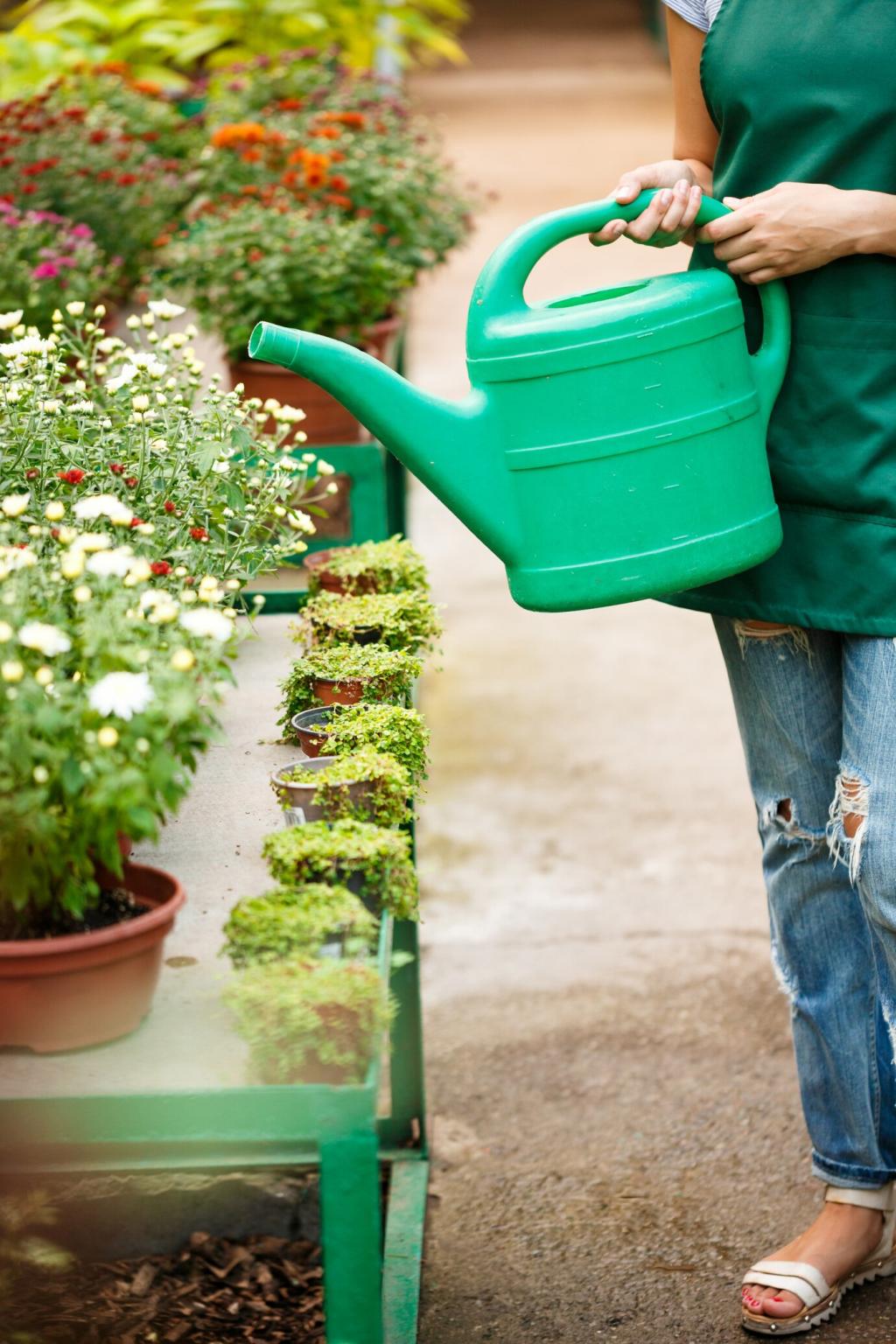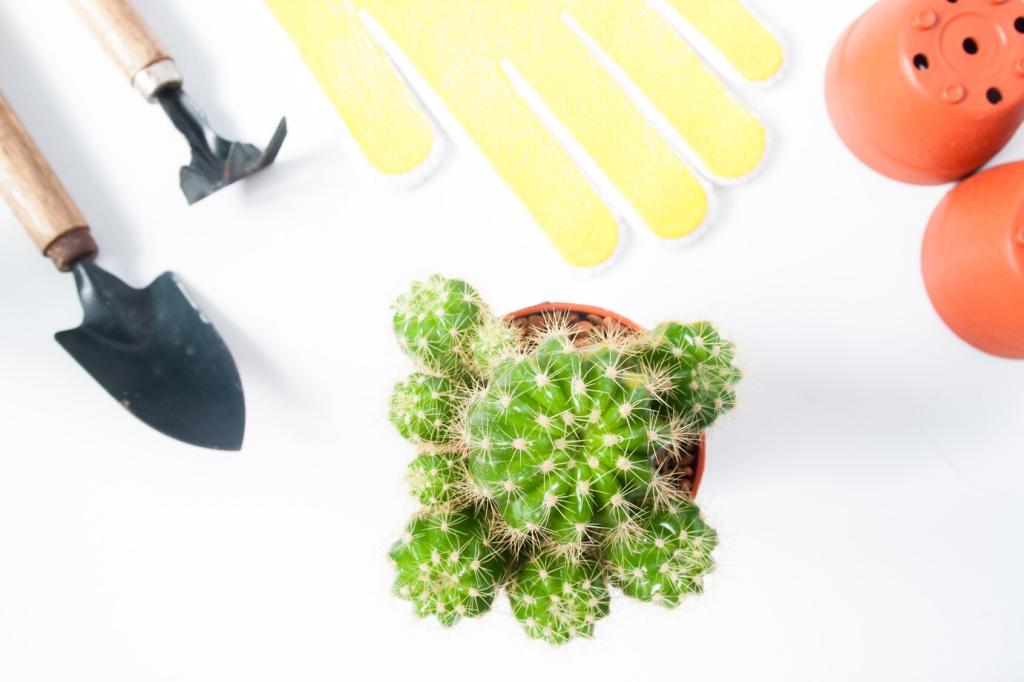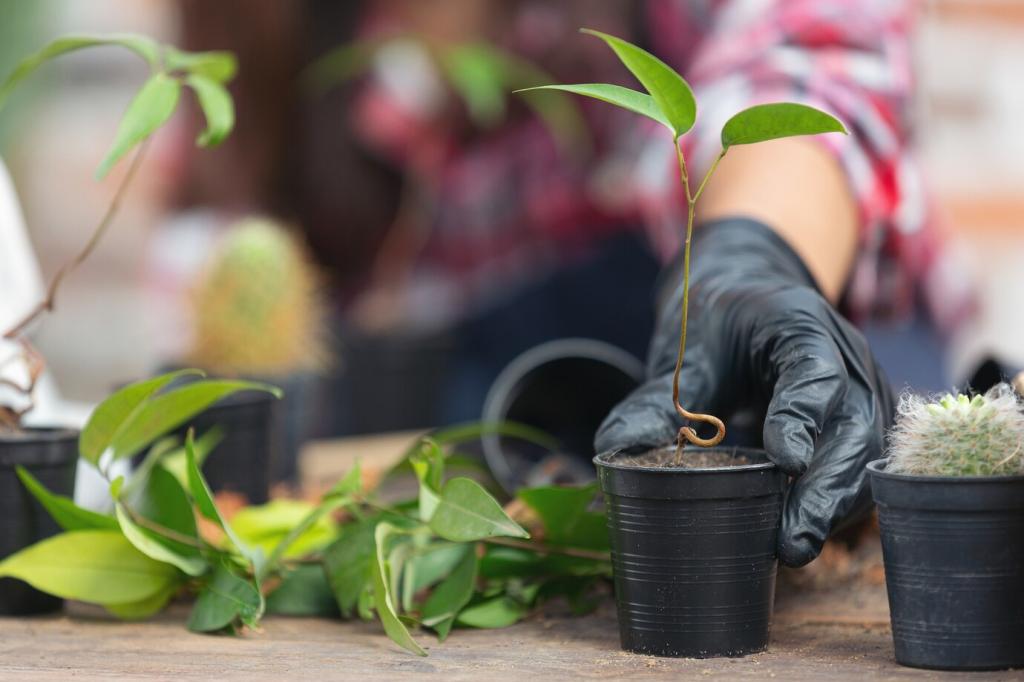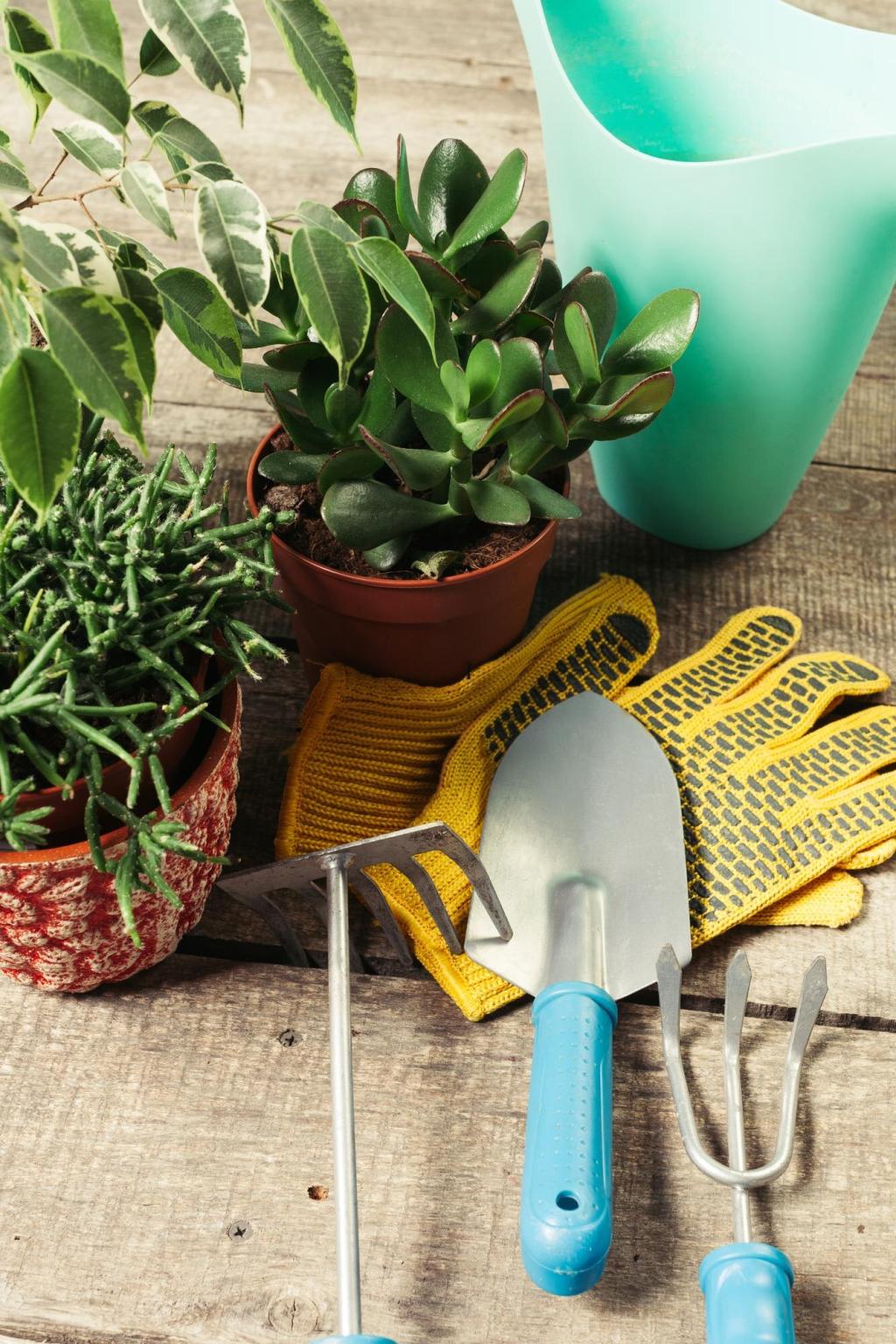Managing Watering Schedules for Compact Living

Compact environments often mean creative use of space, but this can come with limited natural light and compromised airflow. Low light reduces evaporation, so the soil stays moist longer, while poor air circulation can increase humidity or lead to fungal issues. Understanding how to position plants to maximize available light and promote gentle air movement helps calibrate the watering schedule, preventing both underwatering due to excess shade and overwatering from slow evaporation.

Plant containers in small spaces are often chosen for their aesthetic or space-saving qualities, but their size and material significantly influence watering needs. Smaller pots dry out faster, necessitating more frequent watering, while certain materials like terracotta allow greater evaporation compared to plastic. Additionally, selecting well-draining soil designed for indoor plants supports healthier root systems and minimizes the risk of overwatering—key in any setting where excess moisture can damage furniture or flooring.

Observing your plants for visual cues plays a central role in fine-tuning a watering schedule. Wilting, leaf discoloration, or stunted growth may indicate an imbalance—either too much or too little water. In a compact living area, these signals become evident quickly due to the controlled environment. Consistently checking leaves, stems, and soil moisture will help you respond promptly and maintain lush, vibrant greenery without relying solely on the calendar.
Tools and Techniques for Consistent Watering
Self-Watering Planters and Accessories
Self-watering planters are a compact living essential, supporting a hands-off yet reliable approach to hydration. These containers feature built-in reservoirs that supply moisture directly to roots on demand, reducing the frequency and guesswork of manual watering. In smaller homes, this technology creates a buffer against missed watering sessions or the challenges of busy schedules, ensuring that each plant receives consistent moisture without occupying additional space or requiring daily tending.
Efficient Watering Methods
There are various techniques to make watering more efficient and less intrusive in shared or multifunctional spaces. Bottom watering, where pots sit in a shallow tray of water to allow roots to soak up moisture, can minimize spills and prevent overwatering. Meanwhile, using a narrow-spouted watering can or squeeze bottle provides control, directing water precisely to the soil surface and away from delicate foliage or surrounding furniture. These techniques help manage hydration discreetly and effectively within every square foot.
Scheduling Solutions: Apps and Reminders
Modern life is busy, and remembering every watering day can be a challenge—especially when managing multiple species with different needs. Leveraging smartphone apps or simple calendar reminders offers a clever way to track each plant’s requirements, account for environmental changes, and stick to a consistent schedule. These digital aids are especially useful in compact living, helping you maximize the impact of a diverse plant collection without overwhelming your daily routine.

Recognizing Overwatering and Root Rot
Overwatering is a prevalent issue in smaller homes, where pots might lack adequate drainage and air circulation is limited. Root rot typically manifests as yellowing leaves, mushy stems, or an unpleasant odor from the soil. If you notice these symptoms, it’s important to check the roots immediately, repot the plant in fresh, well-draining soil if needed, and establish a lighter watering schedule. Preventative maintenance, such as regular soil aeration and the use of pots with drainage holes, helps to avoid this common pitfall in compact settings.
Preventing Mold and Fungal Growth
Compact living spaces can sometimes feel humid, especially if many plants cluster together or if the area lacks proper ventilation. Mold on the soil surface or fuzzy patches along stems and leaves are clear signs of excess moisture coupled with stagnant air. To combat this, increase airflow by gently circulating air with a fan, maintain clean surfaces, and remove affected plant material promptly. Moderating your watering, especially during cooler months, significantly helps keep these issues at bay.
Dealing with Underwatering and Wilting
In pursuit of avoiding overwatering, it’s easy to swing too far the other way—resulting in dry soil and wilted, lackluster plants. Underwatering signs include drooping or crispy leaves and soil pulling away from the sides of the pot. When this occurs, a gradual rehydration process is best: moisten the soil in slow, steady increments until it is fully saturated, then return to a schedule that matches both the plant’s needs and indoor environmental conditions. Staying observant allows you to restore vibrancy and health before permanent damage sets in.
